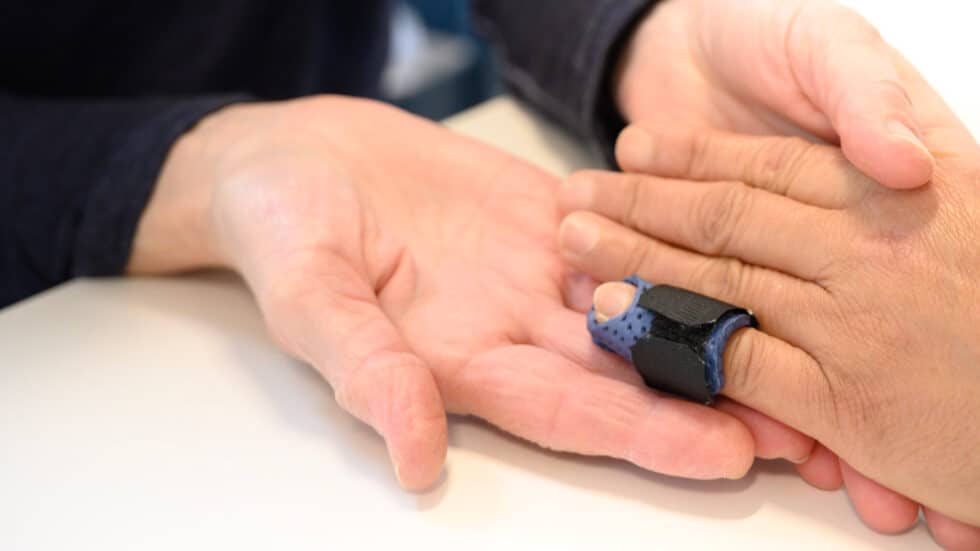Our fingers are made up of many small bones called phalanges and fractures also known as breaks in these bones are not uncommon. Finger and hand injuries are some of the most common injuries seen in the local emergency room. If you have fallen on your hand, slammed it in a door, twisted it in a rope or dog leash or sustained a sports-related injury and are concerned you may have broken your finger, there are some clear signs that you should seek emergency medical care:
- Your finger is bent into a strange position or angled differently when you bend it
- There’s excessive swelling
- There’s significant bruising or tenderness in one localized area
- The pain is severe
- Movement of the finger is significantly limited
But you don’t always need to run directly to the emergency room or urgent care centre. Not all finger injuries are breaks, instead there can often be injury to the small ligaments, tendons, and muscles of the hand. These can still cause pain and swelling like a break would but don’t require immobilization.
A specialized hand therapy assessment to clearly identify the injured structures and what specific protection is required, can help to protect the healing structures while allowing you to continue to use your hand for daily tasks and prevent stiffness and weakness of other areas. Often finger injuries should not be immobilized in a splint but activities should be modified to allow the injury to heal.
With any finger injury it is recommended to get it assessed and ideally in the first week either by a doctor or a hand therapist, particularly if your movement is significantly limited by pain or swelling or you are unable to participate in normal activities because of your injury.



